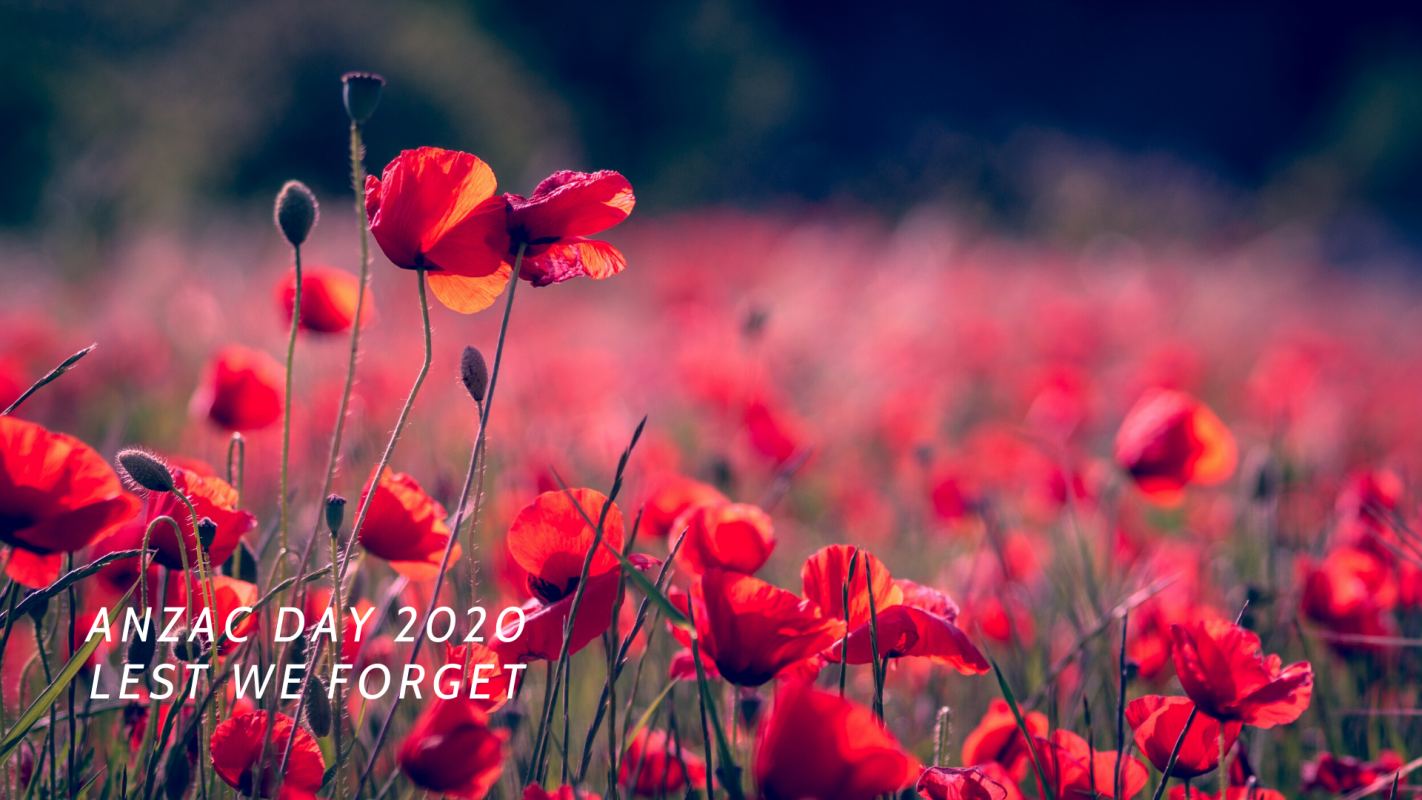-

Lest we forget
•
This 25th of April 2020 marks a day of Rememberance that’s more important than ever this century. Globally, citizens of the world are advised to stay at home in the fight to #flattenthecurve – to not give the Coronavirus COVID-19 a chance to take more lives. It almost feels as if we’re at war,…
